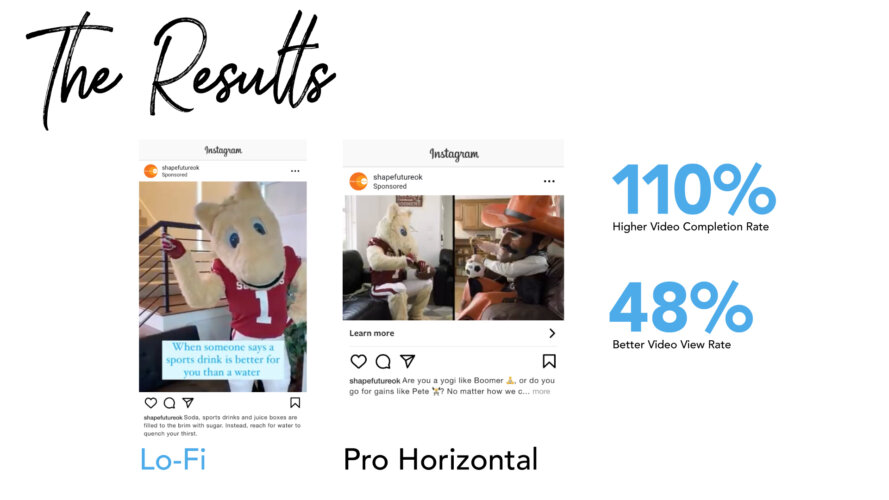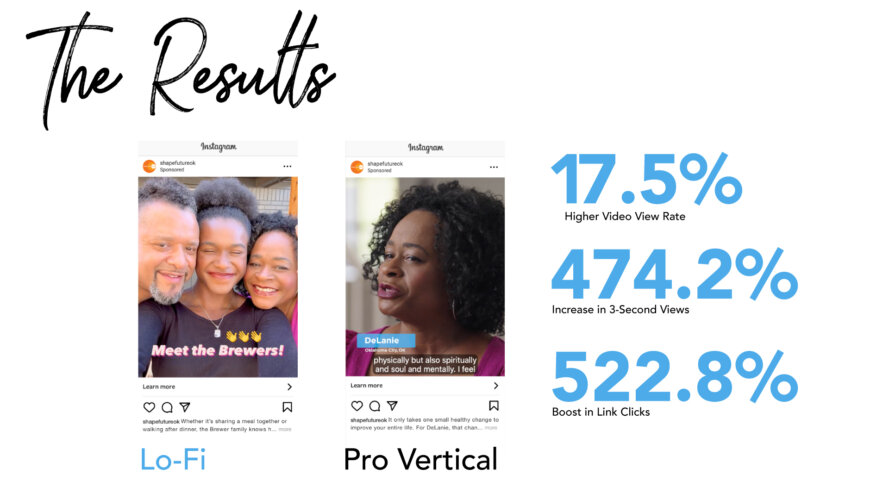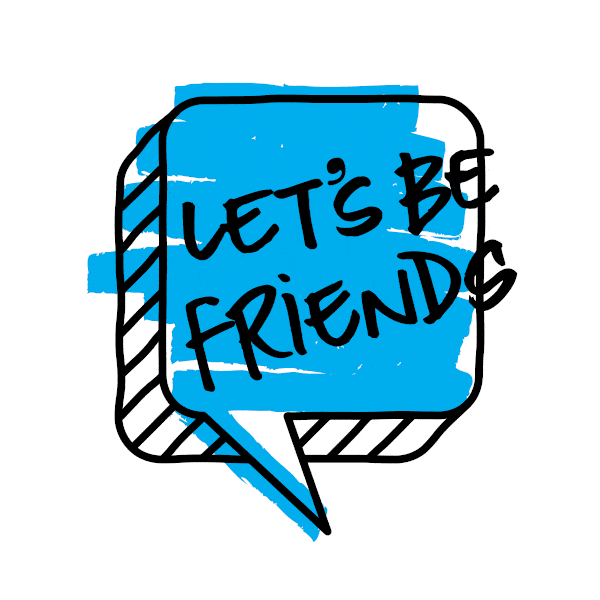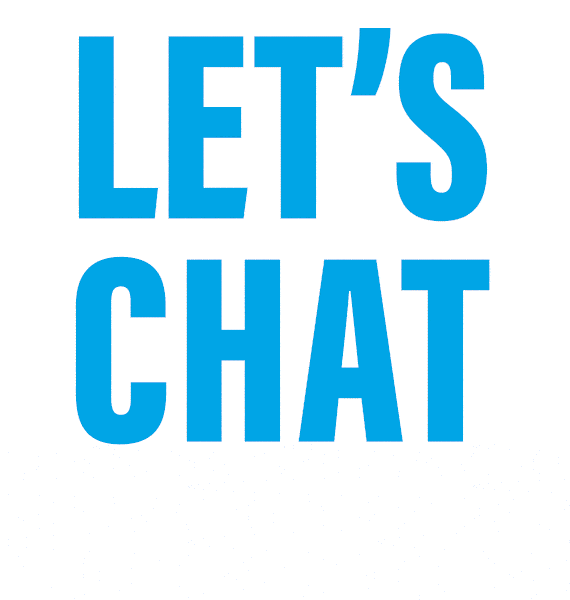In the world of public health marketing, where budgets are tight and impact needs to be measurable, user-generated content (UGC) and lo-fi social media content is proving to be a game-changer. As a Social Media Strategist at VI, I've witnessed firsthand how authentic, relatable content can be successful and drive results.
Why Authentic Content Cuts Through the Noise
User-generated content captures attention because it's real and relatable. When trying to influence and empower public health audiences, we need to help them see themselves in our content and believe they can change their behaviors. For Shape Your Future, iPhone photos have a higher engagement compared to stock images on organic social.
The results speak for themselves. In our Shape Your Future campaign featuring Oklahoma's beloved university mascots, Boomer and Pistol Pete, our lo-fi content outperformed more expensive, traditional horizontal production in a social ad placement. Even when we tested vertical formats against each other — comparing social-first lo-fi content to vertical cuts of professional commercials — the more authentic content still came out on top.


Understanding UGC vs. Lo-Fi Content
Let's clarify what we mean by these terms:
User-Generated Content (UGC): Any form of content — text, videos, photos, reviews — created by your audience instead of the brand itself.
Lo-Fi Content: Content that looks like UGC but is actually created by the brand to appear authentic and user-generated.
Both approaches serve important purposes in a comprehensive social media strategy.
When to Use UGC:
Always try to acquire genuine UGC content first. Look for opportunities when:
- Someone tags your brand in a photo
- Someone leaves positive comments or reviews
- You can create partnerships for content collection
For example, Shape Your Future partnered with the Oklahoma City Zoo, running a contest giving away free zoo tickets in exchange for photos of families drinking water. We were able to use those authentic images across our social channels to encourage healthy hydration habits.
Important note: Always ask permission to use UGC in writing and keep track of people who have agreed to let you use their content.
When to Use Lo-Fi:
We know that public health brands aren't like Starbucks, getting tagged in hundreds of photos daily. Quality UGC can be hard to gather, and that's where lo-fi content becomes invaluable. When UGC isn't available or the quality doesn't meet your needs, it's time to plan a lo-fi shoot.
Creating Lo-Fi Content: A Step-by-Step Guide
1. Plan Your Shoot and Develop Concepts
Block time in your day to scroll through Instagram Reels, YouTube Shorts, TikTok, LinkedIn, Facebook or any other social media platforms where your audience spends time. Save anything that inspires you and could resonate with your audience. The timelier and trendier your idea, the better. Look for trends that align with your public health message.
2. Find Talent and Locations
Keep it simple and budget-friendly:
- Use friends, family or coworkers as talent
- Create POV content where you don't need on-screen talent
- Film in accessible locations like backyards or kitchens
3. Filming
Don't overthink it! Your content doesn't need to be cinematic — your audience will engage with it because it's real and attainable. Don't be afraid to use your iPhone for photos and videos. Our lo-fi iPhone content consistently outperforms professional photography in organic posts.
4. Editing with a Social-First Mindset
Keep your content native to each platform. If you're posting an Instagram Reel, use Instagram's built-in fonts and features — the algorithm favors this approach, and so do your followers. Great free editing apps include InShot, CapCut and Instagram's Edit’s app, but add music and text overlays directly in the social platform you're using.
5. Posting Strategy
- Add engaging, timely captions
- Post consistently (3-5 times per week is better than sporadic posting)
- Use SEO-friendly titles and keywords in captions
- Add alt text for accessibility
- Consider collaboration posts with partners
- Try Instagram's trial reels feature to test content with non-followers before sharing with your audience
Examples From Real Content
Our cottage cheese toast recipe video and our ‘You Look Happier’ videos both played into a timely trend and took less than an hour to create. If we had a full production crew create these videos, it would have cost thousands of dollars — and honestly, our audience still would have preferred the lo-fi versions.
The Bigger Impact
This approach to content creation offers significant benefits for public health organizations:
Diverse Representation: Lo-fi content enables organic creation of content featuring folks of all demographics, helping audiences see themselves represented.
Behavior Change: Authentic content captures attention and genuinely inspires audiences to change their behaviors because it feels achievable.
Budget Efficiency: Strategic, budget-conscious approaches can deliver significant impact in public health campaigns.
The Bottom Line
We've successfully driven behavior change by prioritizing authentic, social-first content. We've implemented solutions for challenges like permissions and content gaps by creating lo-fi videos when needed, and we've proven that significant impact in public health can be achieved without breaking the bank.
The key is understanding that in today's social media landscape, authenticity trumps production value. Your audience doesn't want perfection — they want to see themselves in your content and believe that healthy changes are possible for them too.
Ready to transform your social media strategy? Our content team is ready to help you make it happen! Drop a line and let’s get started.










